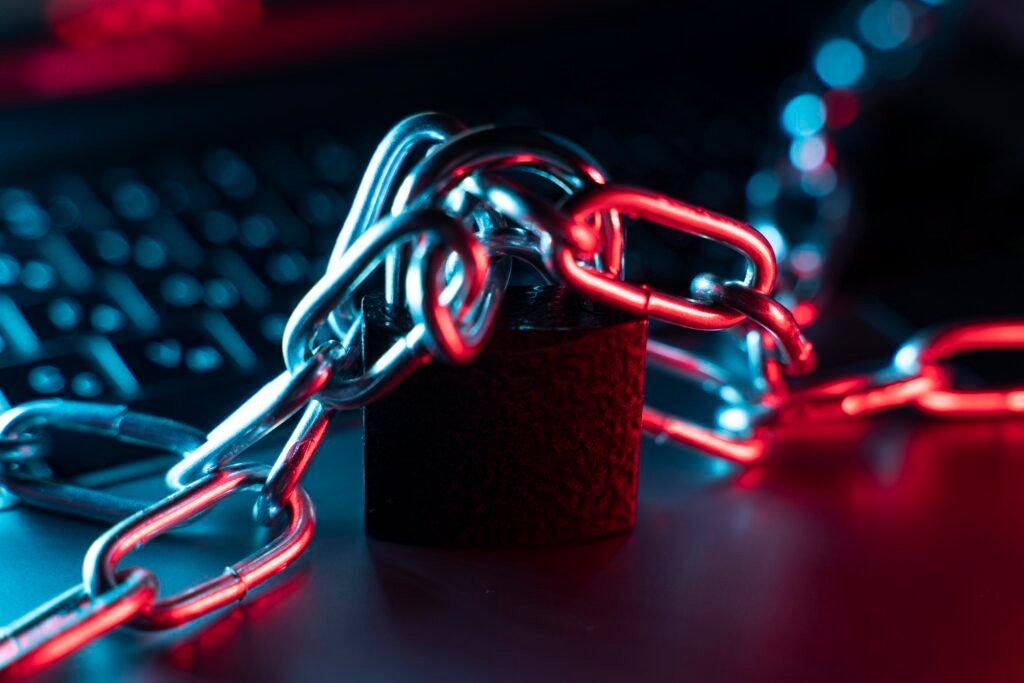
What is Data Loss Prevention (DLP)?
Data loss prevention (DLP) is essential to any comprehensive cybersecurity strategy. In a world where data breaches and cyberattacks are becoming increasingly sophisticated, DLP is the guardian of sensitive information, ensuring it is neither exposed nor compromised. With the growing reliance on digital systems, the role of DLP in preventing unauthorized access and leakage of data is crucial in safeguarding both businesses and individuals.
Importance of DLP in the modern cybersecurity landscape
With the explosion of digital transformation, data has become a critical asset. Whether it’s customer information, intellectual property, or financial records, the integrity and confidentiality of data are paramount. Afterwards DLP provides an essential layer of defence, helping organizations safeguard against data breaches and leaks that could lead to financial loss, reputational damage, and legal consequences.
The Growing Threat of Data Breaches
Statistics on data breaches and their impact
The frequency and scale of data breaches have surged in recent years. According to reports, billions of records will expose globally, with industries such as healthcare, finance, and retail being prime targets. In 2023 alone, there were over 1,800 data breach incidents affecting millions of people. Each breach not only causes immediate financial loss but can also result in long-term damage to customer trust, brand reputation, and regulatory penalties. The consequences of such breaches underscore the necessity of robust data protection strategies, where DLP plays a central role.
The rising sophistication of cyberattacks
Cyberattacks are no longer limited to simple phishing schemes or malware attacks. however, Hackers are using advanced techniques such as ransomware, social engineering, and zero-day exploits to infiltrate networks and steal data. These evolving attack methods make traditional security measures insufficient. As cybercriminals become sophisticated, organizations must adopt proactive measures like DLP to identify and mitigate threats before they cause significant damage.
How Data Loss Prevention Works
Policies and rules for preventing data leaks
DLP operates by enforcing strict policies on data usage and transmission. These policies are design based on the types of data an organization handles and the potential risks associated with that data. For instance, an organization may configure its DLP system to prevent the transfer of credit card numbers or patient records via email. DLP policies define what actions are permissible, who has access to what data, and how data can be transmitted or shared securely.
Monitoring and enforcement mechanisms.
Monitoring plays a crucial role in DLP. Once policies are established, DLP systems continuously monitor data flows across the network, endpoints, and storage environments. They inspect the content of files and communications, looking for patterns or characteristics that match predefined sensitive information. also When a violation occurs— Especially such as an employee attempting to send classified data to an unauthorized recipient—the system immediately alerts administrators, blocks the action to prevent data loss.

Key Industries that Benefit from Data Loss Prevention
Healthcare: Protecting patient data: DLP is essential for safeguarding personal health information (PHI) from unauthorized access and leaks, ensuring compliance with regulations like HIPAA.
Finance: Securing financial records and transactions: Financial institutions use DLP to protect sensitive financial data and ensure secure transactions, preventing fraud and data theft.
Legal and Government: Safeguarding classified and sensitive information: Government and legal sectors rely on DLP to protect confidential data and protect client confidentiality.
Advanced Features in Modern Data Loss Prevention Solutions
Machine learning and AI in DLP
Machine learning and AI enhance DLP systems by improving detection accuracy, identifying new threats, and automating responses to suspicious activities.
Integration with other cybersecurity tools
Modern DLP solutions integrate seamlessly with other cybersecurity tools, such as firewalls and endpoint security software, to provide a layered defence.
Real-time data monitoring and response
Real-time monitoring allows DLP systems to detect and respond to potential data loss incidents immediately, also minimizing risks before significant damage occurs.
Conclusion
The evolving importance of DLP in cybersecurity:
As cyber threats become more sophisticated and the volume of sensitive data grows, data loss prevention (DLP) has become an indispensable component of modern cybersecurity strategies. With businesses facing an increasing number of data breaches, the need for effective data protection has never been greater. Also DLP not only safeguards against malicious attacks but also ensures compliance with industry regulations, helping organizations avoid penalties and reputational harm.
Final thoughts on investing in DLP solutions:
Investing in a robust DLP solution is not long optional necessary for any organization serious about data protection. As data breaches become more frequent and damaging, DLP offers a proactive approach to mitigate these risks. By combining the latest technologies with best practices, organizations can ensure that their sensitive data remains protected, their operations secure, and their reputation intact. Learn more at Kntrol.



